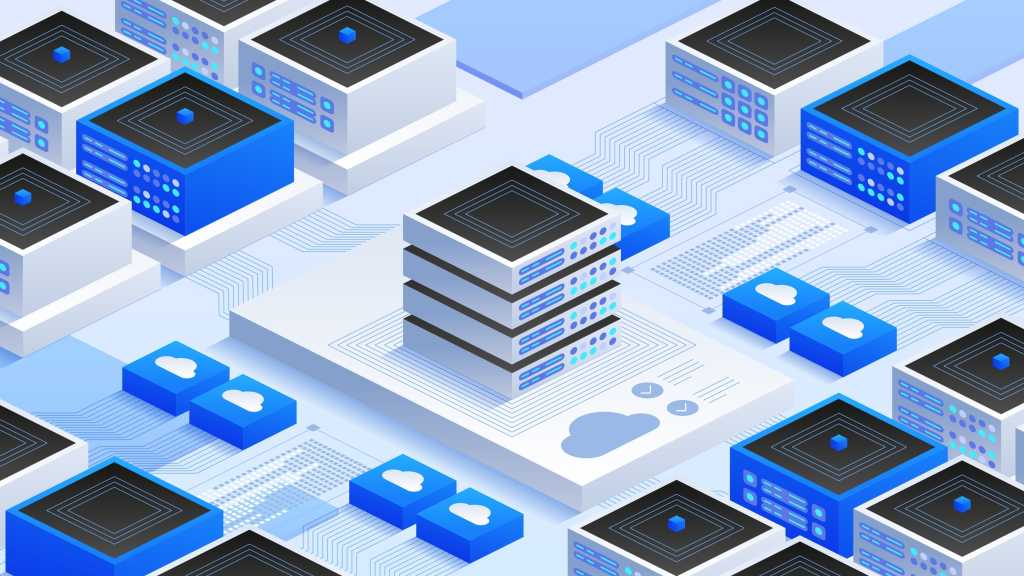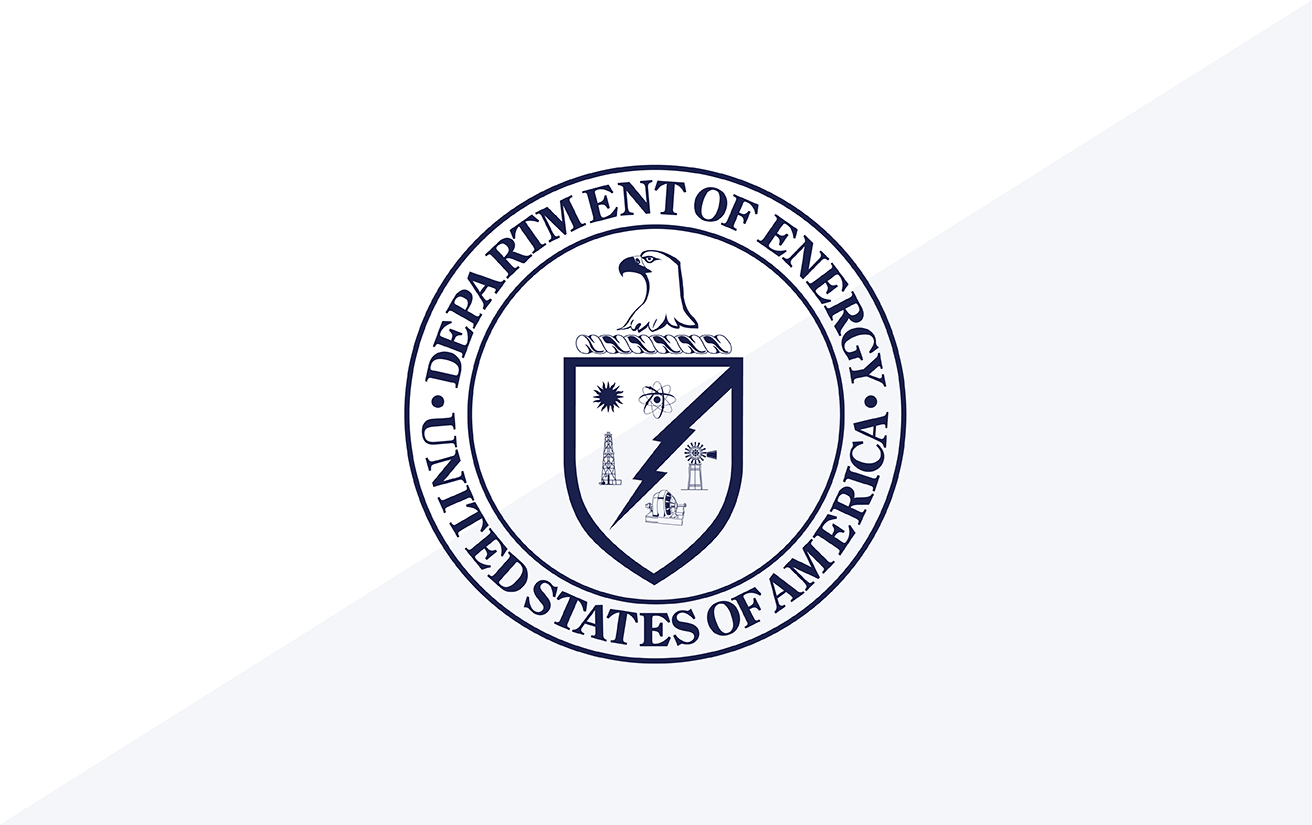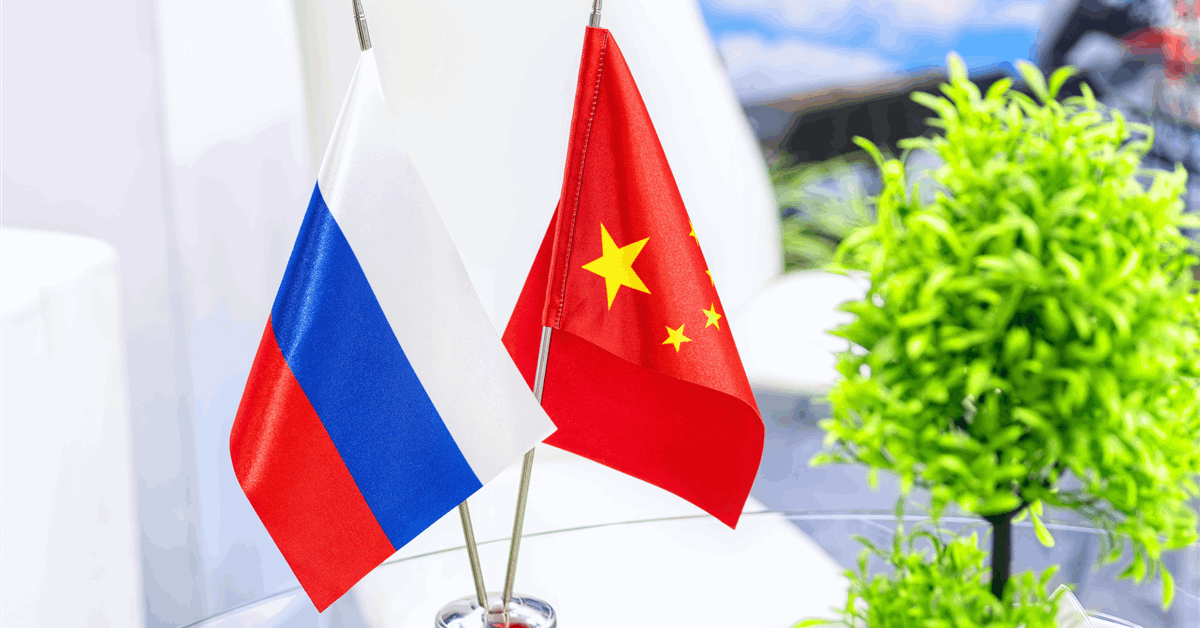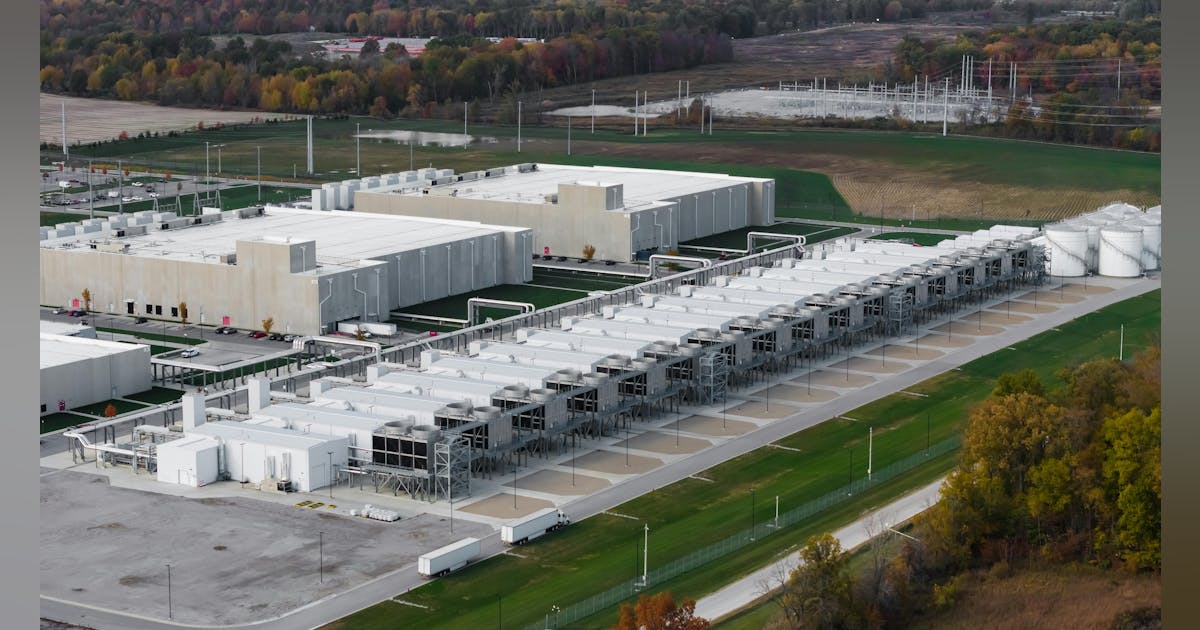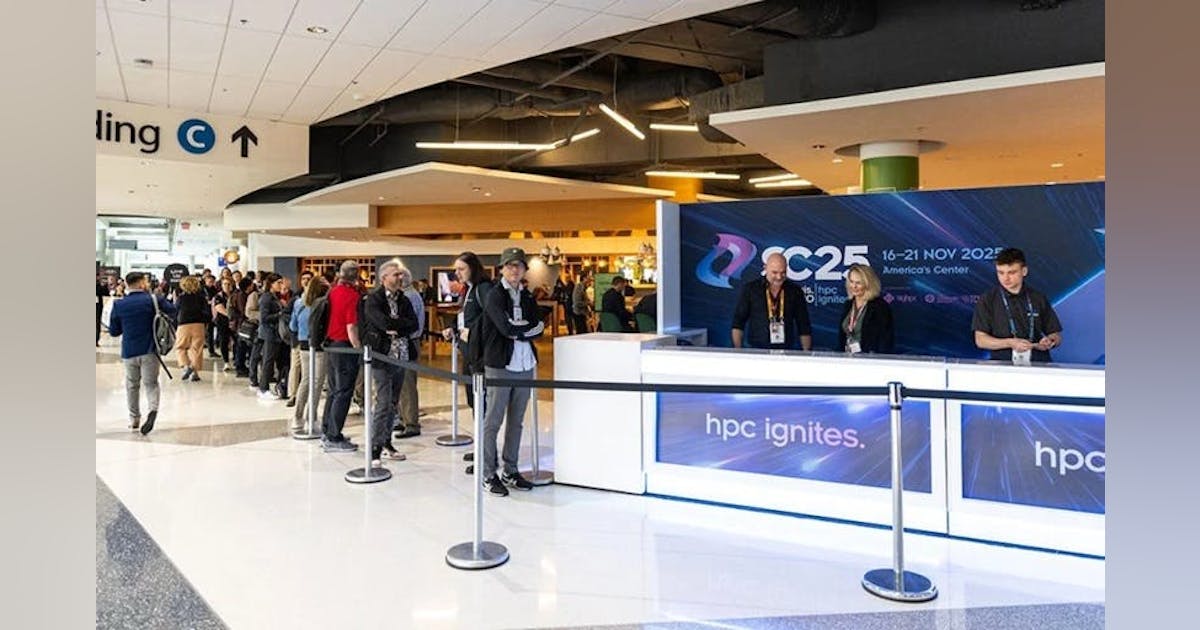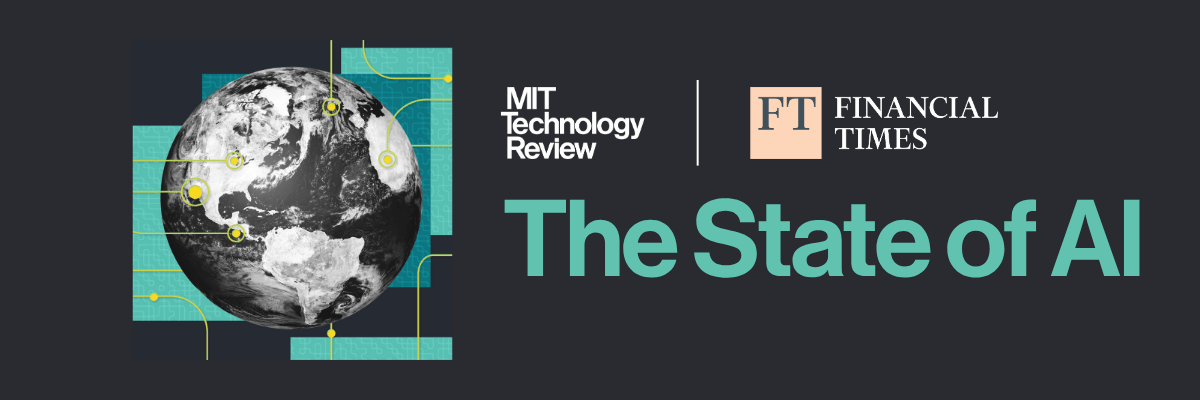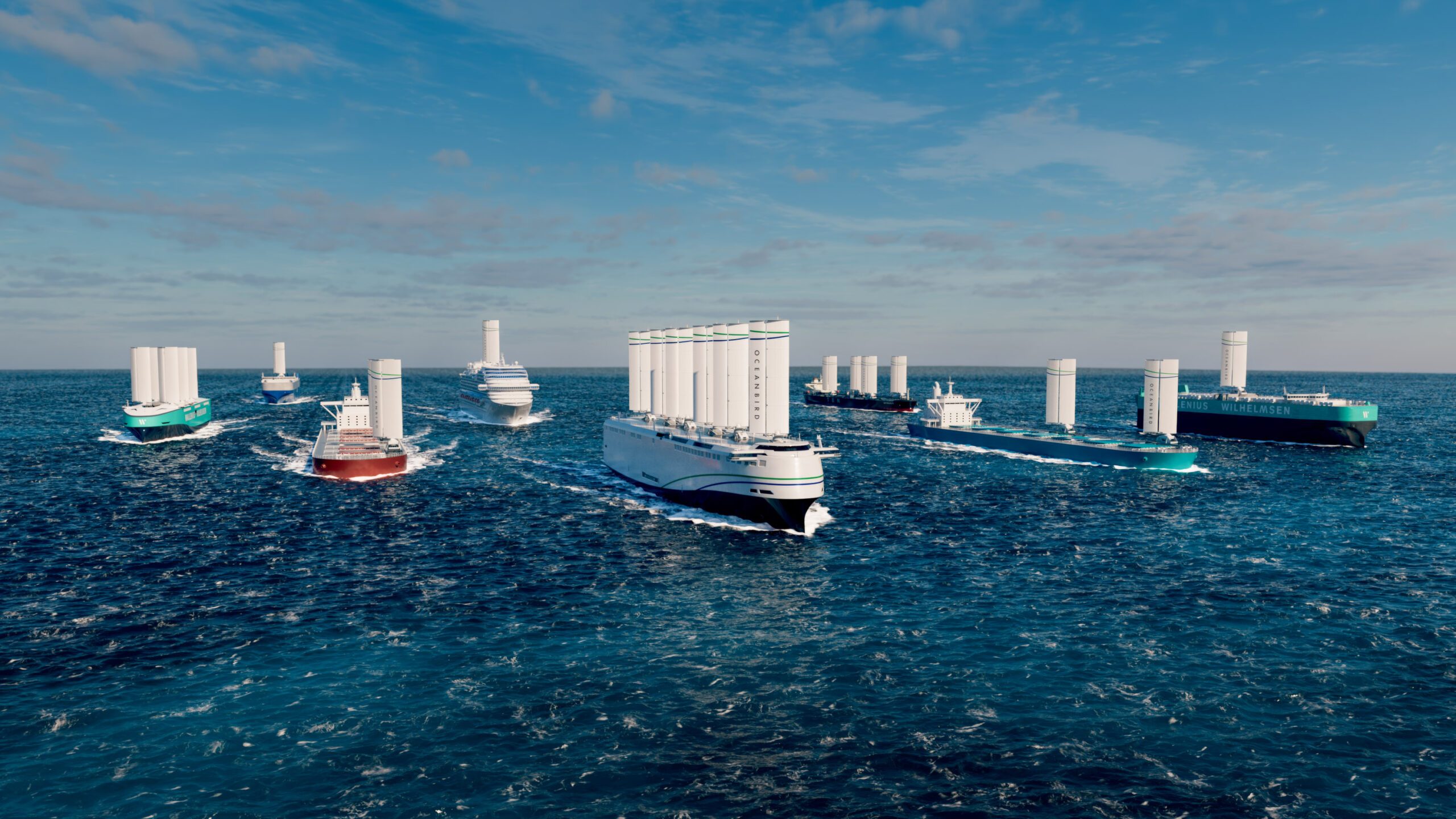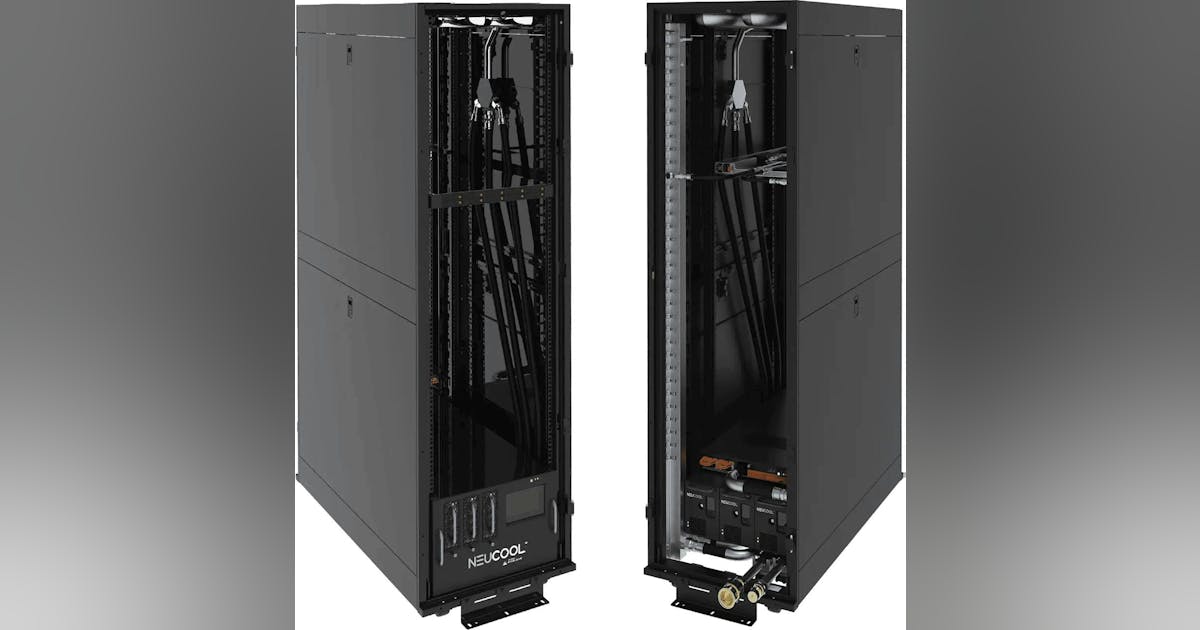
The CHx1500’s construction reflects CoolIT’s 24 years of DLC experience, using stainless-steel piping and high-grade wetted materials to meet the rigors of enterprise and hyperscale data centers. It’s also designed to scale: not just for today’s most power-hungry processors, but for future platforms expected to surpass today’s limits.
Now available for global orders, CoolIT is offering full lifecycle support in over 75 countries, including system design, installation, CDU-to-server certification, and maintenance services—critical ingredients as liquid cooling shifts from high-performance niche to a requirement for AI infrastructure at scale.
Capex Follows Thermals: Dell’Oro Forecast Signals Surge In Cooling and Rack Power Infrastructure
Between Accelsius and CoolIT, the message is clear: direct liquid cooling is stepping into its maturity phase, with products engineered not just for performance, but for mass deployment.
Still, technology alone doesn’t determine the pace of adoption. The surge in thermal innovation from Accelsius and CoolIT isn’t happening in a vacuum. As the capital demands of AI infrastructure rise, the industry is turning a sharper eye toward how data center operators account for, prioritize, and report their AI-driven investments.
To wit: According to new market data from Dell’Oro Group, the transition toward high-power, high-density AI racks is now translating into long-term investment shifts across the data center physical layer. Dell’Oro has raised its forecast for the Data Center Physical Infrastructure (DCPI) market, predicting a 14% CAGR through 2029, with total revenue reaching $61 billion.
That revision stems from stronger-than-expected 2024 results, particularly in the adoption of accelerated computing by both Tier 1 and Tier 2 cloud service providers. The research firm cited three catalysts for the upward adjustment:
- Accelerated server shipments outpaced expectations.
- Demand for high-power infrastructure is spreading to smaller hyperscalers and regional clouds.
- Governments and Tier 1 telecoms are joining the buildout effort, reinforcing AI as a decade-long infrastructure wave.
The report singles out thermal management as a defining pivot point. While average rack densities still hover around 15 kW, AI workloads are pushing requirements into the 60 to 120 kW range—well beyond the reach of traditional air cooling. As Dell’Oro founder Tam Dell’Oro noted, “The biggest change is unfolding in thermal management – the transition from air to liquid cooling.”
That transition is already materializing in the product strategies and R&D roadmaps of vendors like Accelsius and CoolIT. Whether it’s the 4,500W socket-level tolerance demonstrated by Accelsius or the 1.5 MW rack-scale CDU performance of CoolIT’s CHx1500, the new generation of liquid cooling systems is being engineered to align directly with the rack-level demands cited by Dell’Oro.
The report also highlights geographic diversification, with North America, EMEA, and Asia Pacific (ex-China) leading growth.
Meanwhile, the study indicates that colocation providers—long relegated to trailing innovation curves—are now poised to take a central role in hosting inferencing infrastructure. This shift underscores the growing importance of flexible, serviceable, and efficient cooling platforms that can be deployed rapidly in shared environments.
From Cooling to Capex: The Infrastructure Flywheel is Spinning Up
Together, these announcements and forecasts underscore a broader thesis taking shape across the AI infrastructure ecosystem: Thermal and power innovations are no longer trailing indicators of IT change—they are leading enablers of what’s next.
Liquid cooling is no longer just a specialty tech for labs and proof-of-concepts. It is now an investment-grade infrastructure category, validated by performance data, embraced by hyperscalers, and tracked in five-year market forecasts. For OEMs, colos, and cloud providers, the question is no longer whether to adopt advanced cooling, but how fast they can standardize it across their portfolios.
And with 600kW racks and vertically oriented servers coming into view, the pressure is quite literally on.


